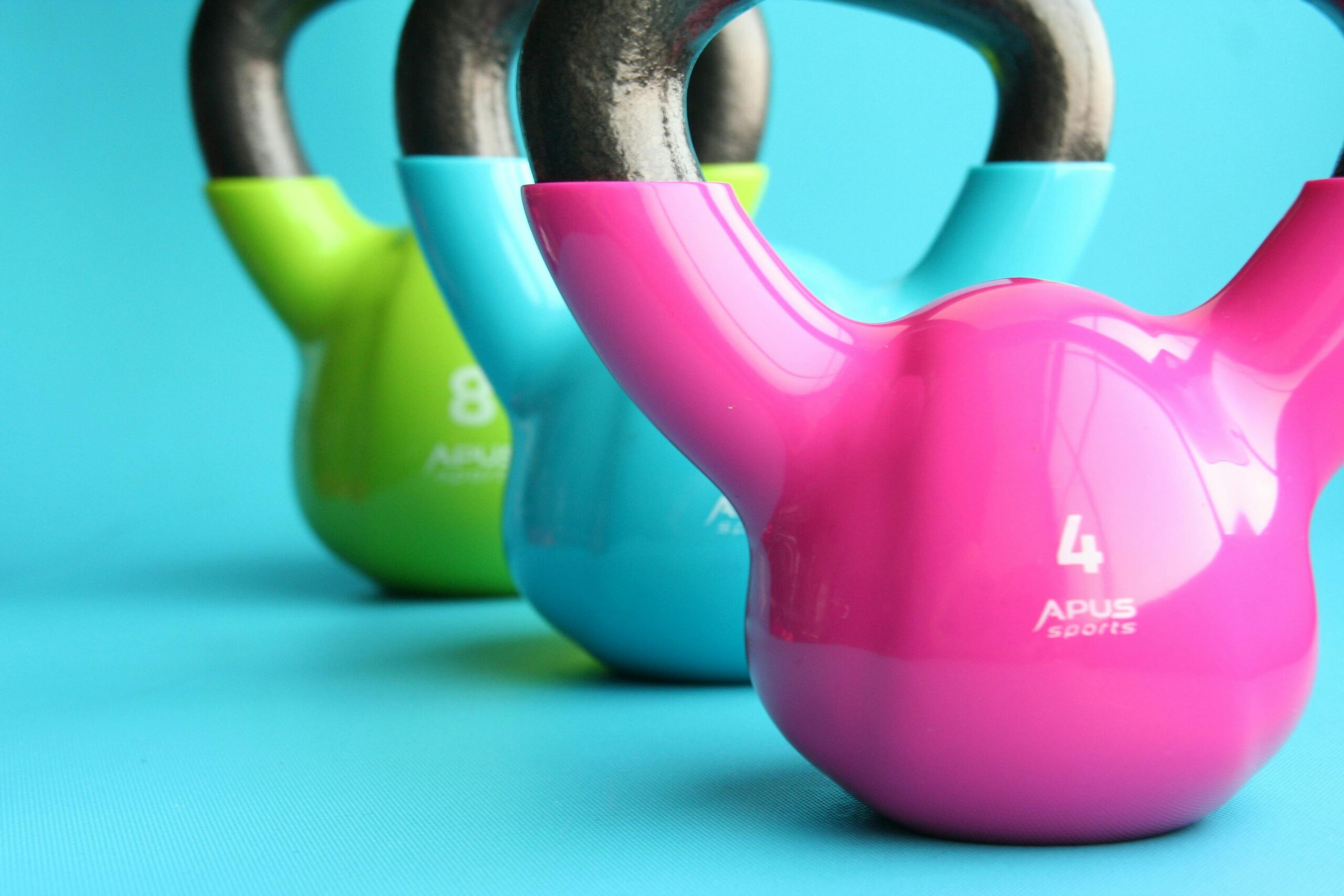Yesterday did something many people half my age find difficult: I held a 90-degree wall sit for four minutes. Nothing unusual – I do that a few times a week. But I didn’t grit my teeth or focusing intently on my form. Instead, I sang a song about how much it hurt.
Welcome to exercise, Acceptance and Commitment Therapy (ACT)-style.
In the earliest days of ACT, my students and I explored how psychological flexibility techniques could help individuals cope with induced and chronic pain. Fast-forward several decades, and those same ideas have found a surprising new arena: sports and physical performance.
Recent studies from my lab and other ACT labs around the world show clearly that these ACT methods—like playfully embracing pain, creating humorous narratives around discomfort, or vividly characterizing sensations—significantly increase how long people can hold challenging physical postures. We’ve seen it work across various exercises too, from holding a weight outstretched at 90 degrees, to planks, to those grueling wall sits.
This isn’t just about enduring discomfort for the sake of toughness; it has genuine health benefits. A 2023 meta-analysis published in the British Journal of Sports Medicine (Doi: 10.1136/bjsports-2022-106503; open access) reviewed 270 randomized controlled trials involving nearly 16,000 people. It found that simple exercises, especially isometric holds were among the best for lowering blood pressure, even surpassing traditional aerobic workouts! Isometric wall sits came out as particularly effective—great news, especially if you’re busy and still want to manage cardiac health because you don’t need to go to the gym or put on special clothes to do it. You don’t need extra time either. You just need to get a bit creative about your day.
Try adopting a practice of brief “exercise snacks” in your office or home. If your medical provider says it’s cool, begin with a 30 second wall sit between emails, enhancing your persistence by giving the pain a humorous twist. Imagine your discomfort narrated by Donald Duck, or visualize your least favorite politician doubting your ability to hold on. Give your pain a color or shape, maybe even a funny hat. The more playful, the better. The point is not to make the pain go away – its to show yourself there are lots of thing you can do with pain other an grit your teeth and then quit. When you approach discomfort willingly, almost curiously, you rob it of its power to stop you.
For at least the last 30 years when I shop at the grocery store, I often slowly curl a gallon of milk as I walk the aisles until my muscles reach complete exhaustion. If you see me walk from my car to catch a plane you will almost always see me doing the same with my briefcase. What you can’t see is that mentally I’m working on my emotional and cognitive flexibility skills. I’m singing “this hurts” to the tune of happy birthday. Yes, my children used to giggle and roll their eyes (and truthfully, so did some strangers), but it turns out there’s solid science behind this seemingly quirky habit.
These ACT strategies shift the relationship from resisting or avoiding pain toward willingly experiencing it, freeing your attention to stay flexible and open. This can profoundly change not only your exercise performance but your experience of effort itself.
The beauty of integrating ACT into exercise is that it doesn’t ask you to deny the difficulty; it invites you to transform it. Pain, in this view, isn’t something to eliminate at all costs. It’s a sensation, a passenger on the journey of doing something meaningful or fun—or, yes, sometimes just a bit silly.
So next time you’re at the store, grabbing milk, or dashing toward an airline gate with your computer bag in hand, try giving this method a whirl. Not only will you be helping your heart and muscles, but you’ll likely find yourself learning how to smile through discomfort—perhaps even singing. And that skill is really needed today. Maybe even when looking at the news on your phone.
Why not make your days just a little better? Let exercise teach you how.







